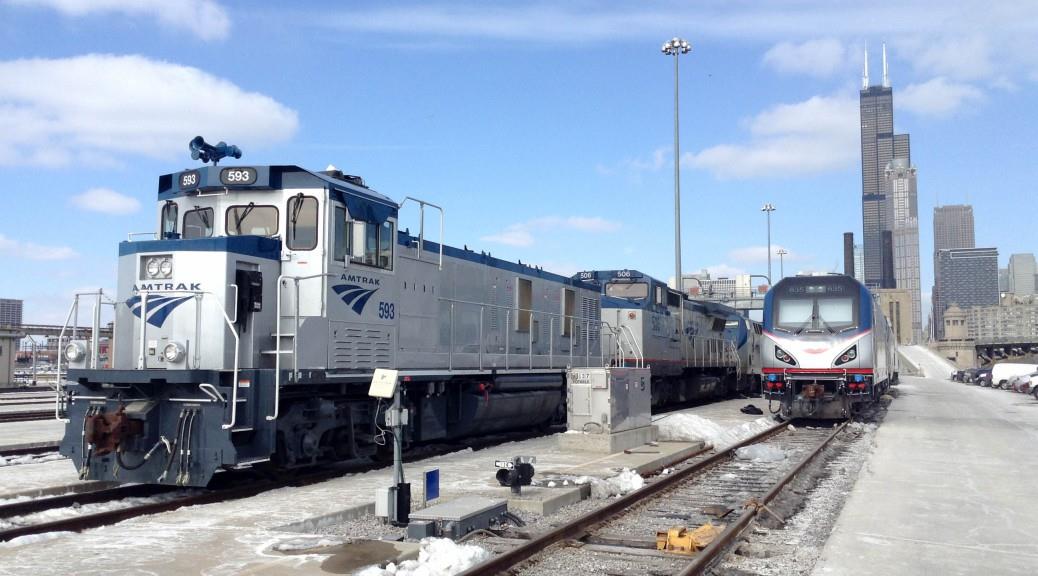Blog
Invest in rail freight to cut road congestion
So we welcome the official DfT response which said: "We agree with the Campaign for Better Transport that rail freight offers real benefits for the environment and helps keep bulky loads off of the road network, helping to ease congestion for other motorists. We look forward to using these findings to help inform our coming road and rail strategies and are committed to working with the rail freight industry to support growth of the sector." Now we need these words to be translated into affordable rail freight access charges in the review and funding for key capacity upgrades to the Strategic Rail Freight Network in the next Network Rail control period between 2019-2024.
The research, by consultants MTRU for Campaign for Better Transport, found that upgrading existing rail lines, which run parallel to the motorway routes and are currently almost full, would allow large numbers of these lorry loads to be transferred to rail, thus reducing road congestion and improving productivity. The research examined the potential of increasing rail freight capacity along four heavily congested freight routes: the A14 between Felixstowe and the Midlands, the A34 from Southampton to the Midlands, and the M6 and M62 motorways. The report analysed both the HGV and rail traffic on the transport corridors. The first three corridors meet the DfT criteria to reduce 2,000 HGVs per day from each route, with the M62 the only one which needs more research about cargo types data because of the shorter distances involved.
There is suppressed demand for rail freight services because of the lack of capacity on the rail network, so there is a level of current freight demand which could be transferred very quickly if capacity were to become available meaning that the reduction of HGV flows could have a significant impact on road congestion. However, even allowing for existing funded CP5 plans, moving 2,000 lorries a day to rail freight represents a doubling of current rail traffic from the examined ports, and this cannot be achieved without substantial additional investment in track and terminals.
This research has the power to move the DfT transport planning debate on. So, we are urging the Government to use the findings of this research to feed into its future road (RIS2) and rail investment strategies (HLOS), now in preparation, and in particular to support continued investment in the Strategic Rail Freight Network. It shows that on certain strategic transport corridors it is possible to improve road conditions without needing to add more road capacity.

